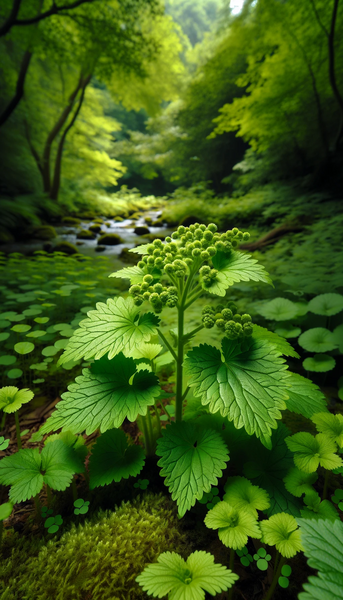Ramie

What is ramie?
Before we discuss the specific advantages and disadvantages of ramie in the context of dog care and nutrition, it is important to understand what ramie actually is. Ramie, also known as Chinese grass, comes from the plant Boehmeria nivea, which belongs to the nettle family. For thousands of years, ramie has been used in Asia for the production of textiles, thanks to its ability to produce strong, durable fibers. These properties make ramie an interesting candidate for a variety of applications, including in the pet sector.
Ramie in the dog world: an overview
Advantages of ramie
- Sustainability: One of the biggest advantages of ramie is its sustainability. Compared to cotton, ramie requires less water and no pesticides or herbicides, making it an environmentally friendly option. For dog owners who value environmental sustainability, choosing ramie products (such as toys, beds or leashes) could therefore be particularly appealing.
- Durability and longevity: Ramie fibers are known for their exceptional strength, making them an ideal choice for dog toys and accessories. Products made from ramie often last longer than those made from conventional materials, which can save costs in the long run.
- Antibacterial properties: Another benefit of ramie is its natural resistance to bacteria and mold. This can be particularly beneficial for products such as dog beds or blankets, as it helps to reduce unpleasant odors and the build-up of bacteria.
Disadvantages of ramie
- Availability and cost: Despite its many benefits, ramie is not as widely available as other materials, which can lead to higher costs and lower availability. This could be an obstacle for some dog owners who want to take advantage of the benefits of ramie.
- Care requirements: Although ramie has many positive properties, the care of ramie products can be more complex compared to conventional materials. Special washing or care instructions may need to be followed to maintain the longevity and antibacterial properties of the material.
Is ramie right for your dog?
Deciding whether ramie is the right material for your dog and you depends on a variety of factors. The benefits of ramie, particularly its sustainability, durability and antibacterial properties, make it an attractive option for conscious dog owners. At the same time, the potential disadvantages, such as the higher cost and additional maintenance required, should not be overlooked.
Ultimately, choosing the right material for dog products is a very personal decision based on the specific needs and values of each dog owner. If you value eco-friendliness and durability and are willing to invest a little more for these qualities, ramie could be an excellent choice for you and your four-legged friend.
If you notice any signs of hypersensitivity or poisoning in your dog, you should see your vet immediately. We are not a substitute for a vet, but we try to be as accurate as possible. Every dog reacts differently and we recommend you get a second opinion or consult your vet if in doubt.
Stay healthy and take good care of your four-legged friend!😊